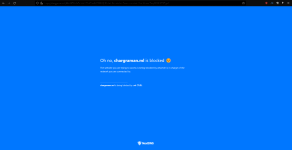silversurfer
Level 85
Thread author
Verified
Honorary Member
Top Poster
Content Creator
Malware Hunter
Well-known
- Aug 17, 2014
- 10,143
In a sign that threat actors continuously shift tactics and update their defensive measures, the operators of the SolarMarker information stealer and backdoor have been found leveraging stealthy tricks to establish long-term persistence on compromised systems.
Cybersecurity firm Sophos, which spotted the new behavior, said that the remote access implants are still being detected on targeted networks despite the campaign witnessing a decline in November 2021.
The SolarMarker modus operandi commences with redirecting victims to decoy sites that drop the MSI installer payloads, which, while executing seemingly legitimate install programs such as Adobe Acrobat Pro DC, Wondershare PDFelement or Nitro Pro, also launches a PowerShell script to deploy the malware.
"These SEO efforts, which leveraged a combination of Google Groups discussions and deceptive web pages and PDF documents hosted on compromised (usually WordPress) websites, were so effective that the SolarMarker lures were usually at or near the top of search results for phrases the SolarMarker actors targeted," Sophos researchers Gabor Szappanos and Sean Gallagher said in a report shared with The Hacker News.

SolarMarker Malware Uses Novel Techniques to Persist on Hacked Systems
Hackers behind Solarmarker information stealer and backdoor using novel registry tricks to establish long-term persistence on compromised systems.
